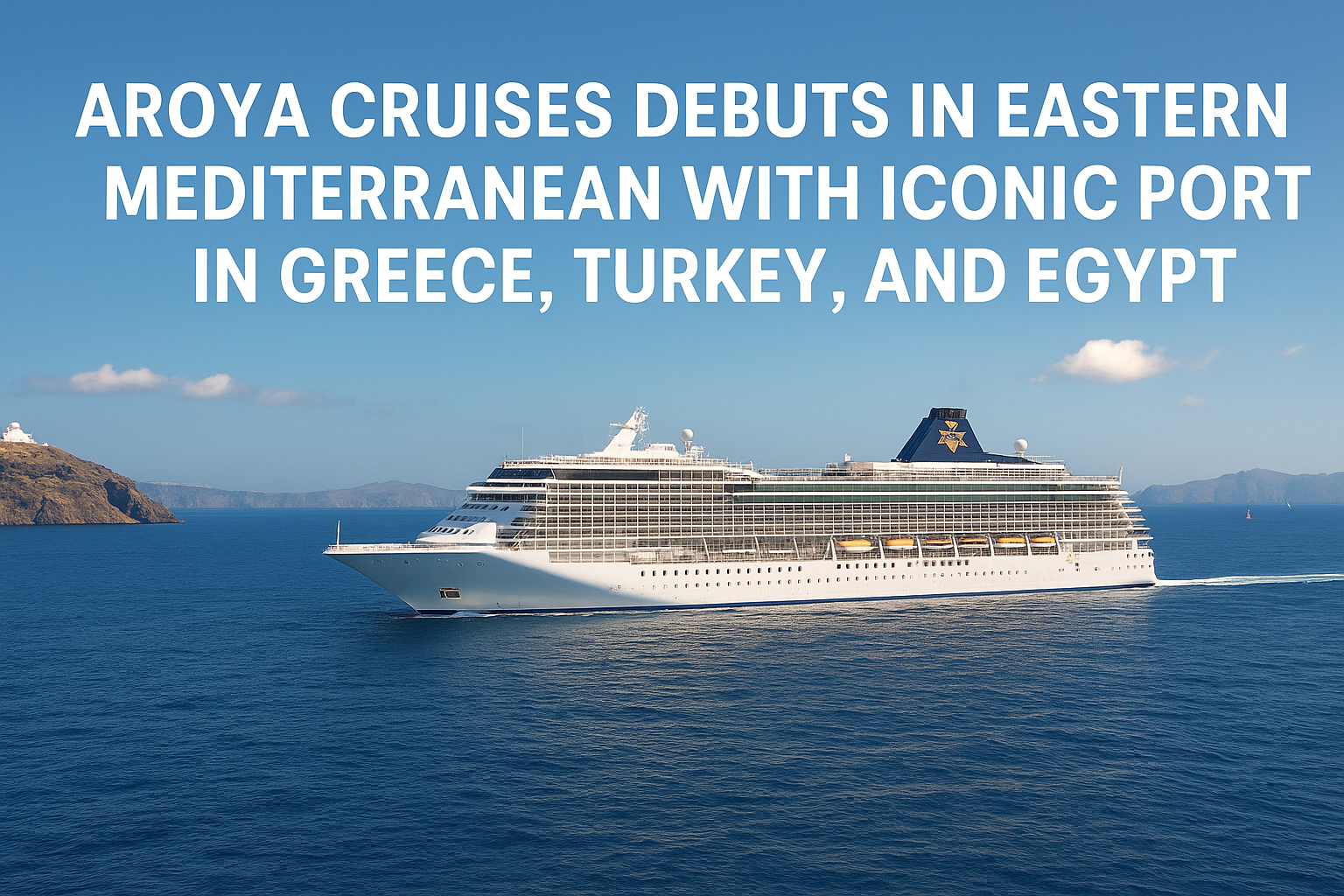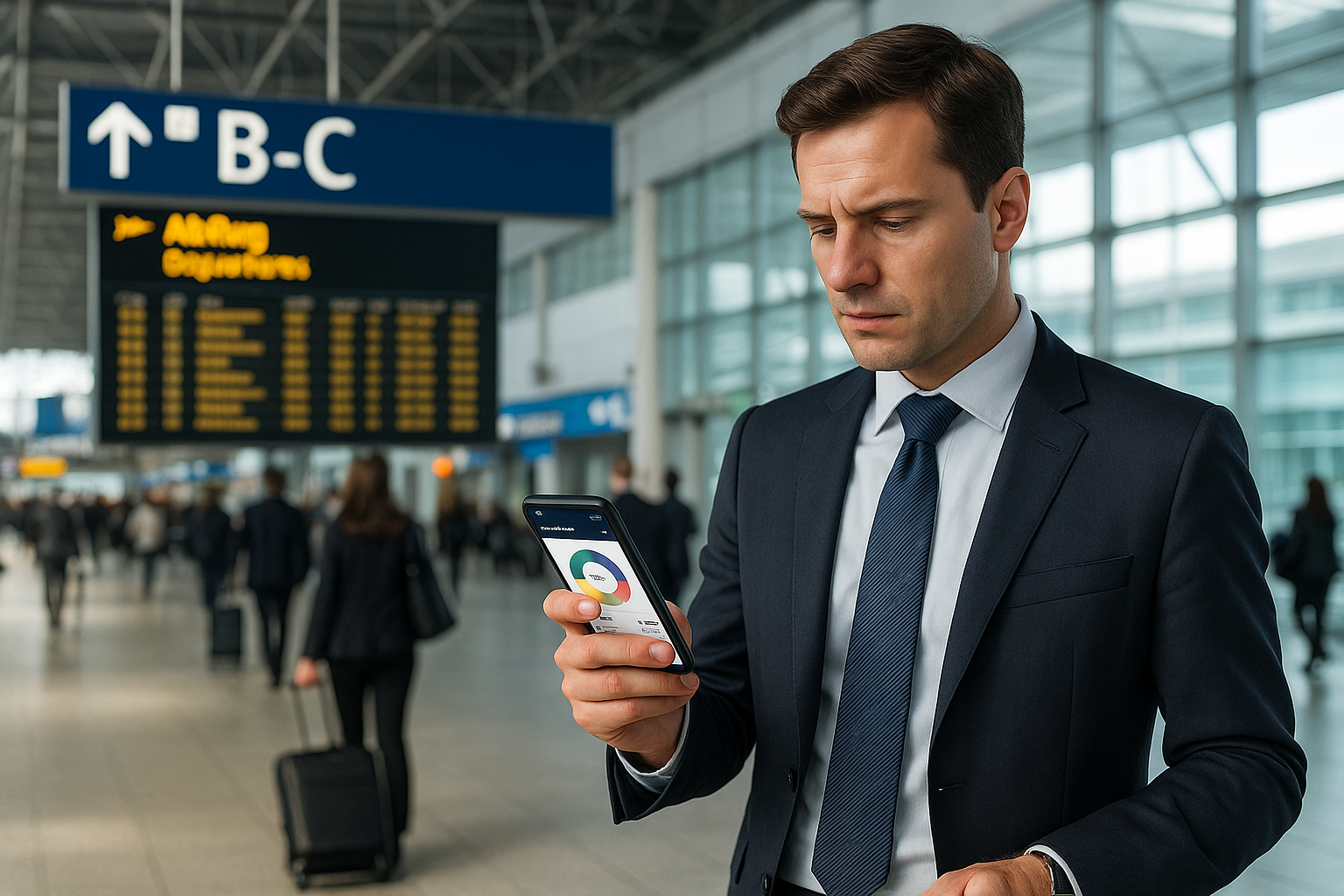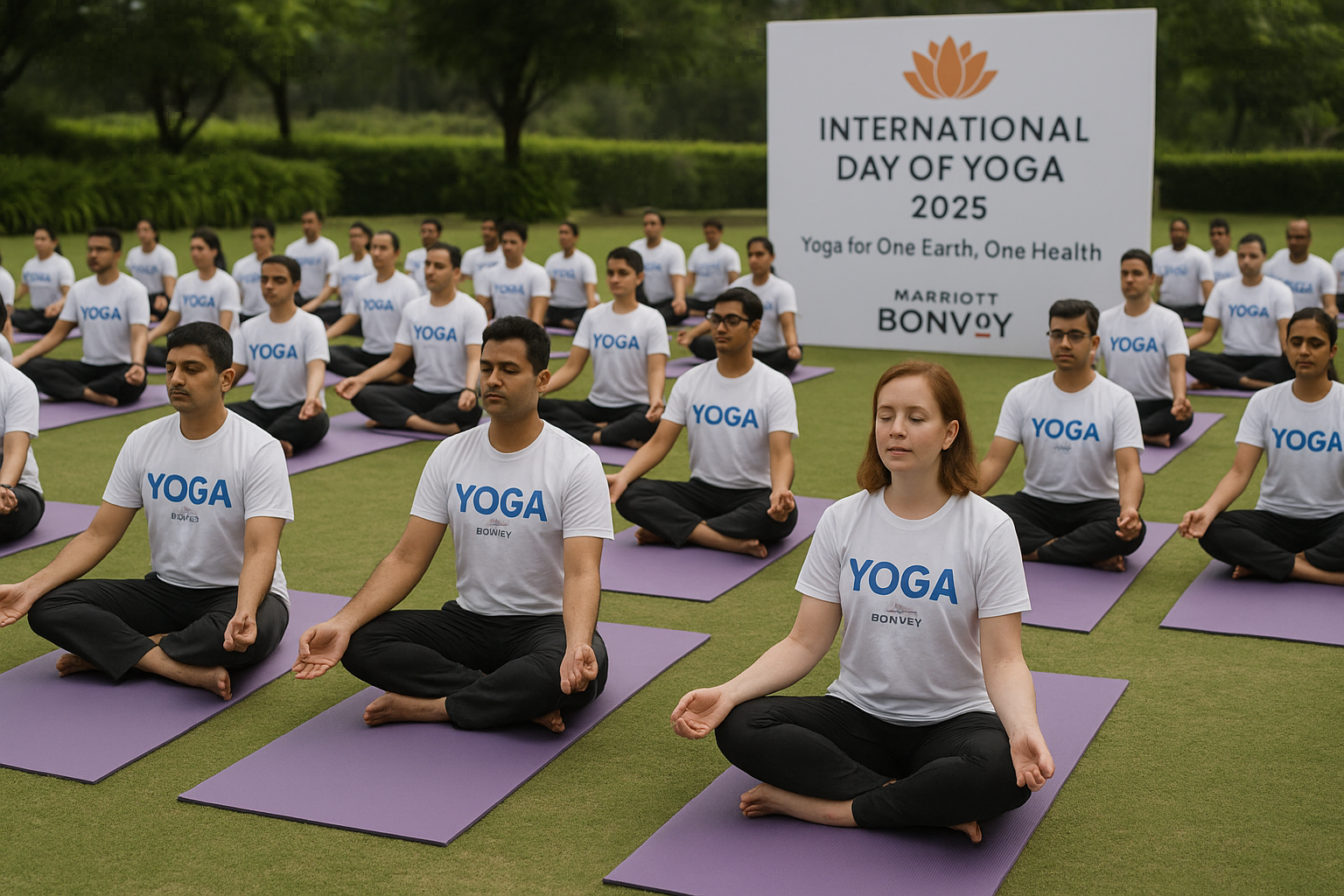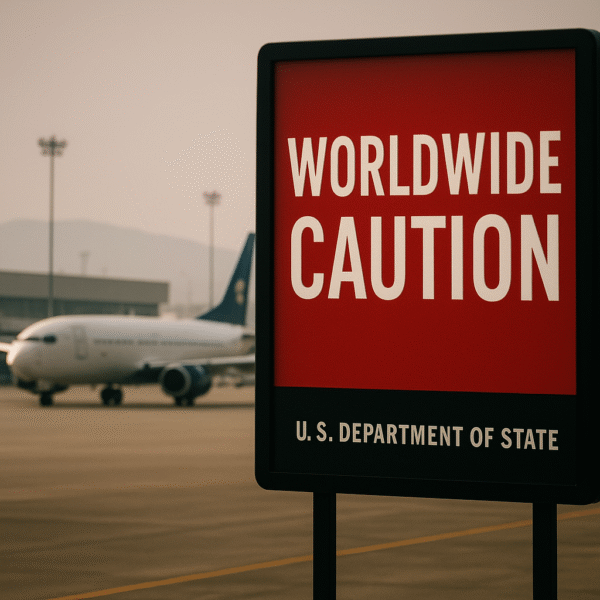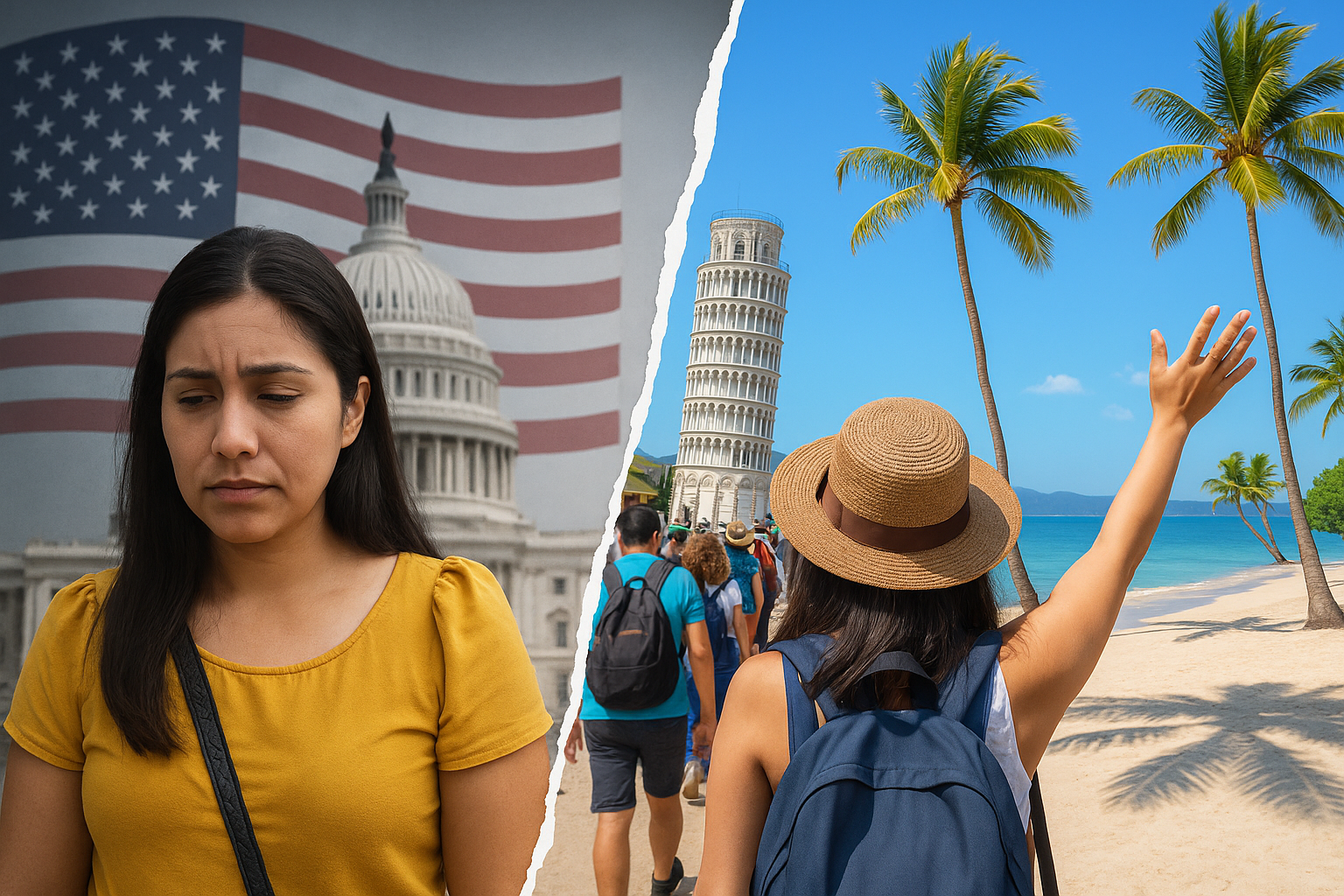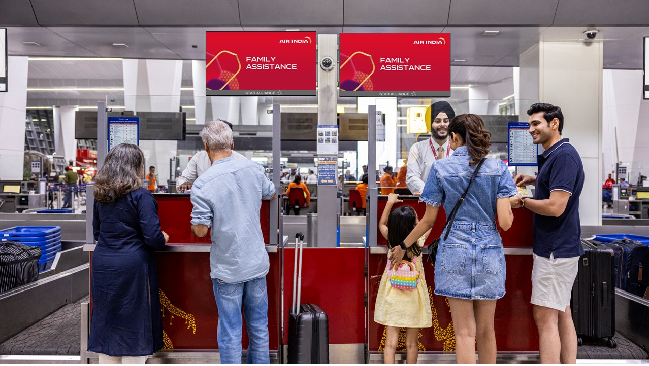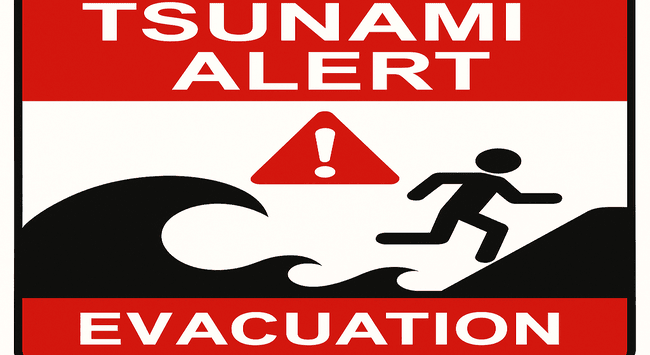In 2025, the travel sentiment among Latin American tourists regarding visits to the United States is shifting due to increasing concerns about political climate, immigration policies, and personal safety. Once a top priority on travel bucket lists, the U.S. is now being reconsidered by many travelers, especially those from Mexico, Central America, and South America.
Karen Aguayo, a Mexican national and travel content creator, holds a valid U.S. visa but opted to travel to Italy instead. Despite living close to the U.S. border, Aguayo cited fear of being denied entry or facing anti-Mexican sentiment as key deterrents. “Many people feel the same. They want to feel welcome when traveling,” she said. Her decision mirrors a broader trend among Latin Americans wary of America’s current political direction and immigration enforcement.
The shift in sentiment began with the resurgence of policies reminiscent of the Trump-era immigration stances, including high-profile U.S. Immigration and Customs Enforcement (ICE) raids, increased deportations, and tough rhetoric on border control. The resulting unrest has led to protests and, in some cases, violent clashes involving the National Guard.
This socio-political climate has left some Latin American travelers questioning the value of traveling to the U.S., especially when alternative destinations in Europe and South America offer perceived safety and hospitality.
Latin America: Still a Major Market but Showing Caution
Despite the growing hesitancy, data still reflects strong travel demand from some Latin American markets. Between March 2024 and March 2025, U.S. Department of Homeland Security Arrival and Departure Information System (ADIS) data showed a 14.9% increase in Mexican arrivals, representing 26.7% of all international visitors to the United States. This growth positions Mexican nationals just behind Canadians in total volume.
Popular U.S. destinations among Mexican travelers include New York City, Las Vegas, Orlando, Anaheim, and San Diego. Expedia also noted rising interest in emerging U.S. cities such as Charlotte, Fort Lauderdale, and San Jose. Average airfares from Mexico to the U.S. remain relatively low, hovering under $575 for spring and summer, helping sustain some travel flow despite political uncertainties.
However, traveler behavior from Central and South America tells a different story. According to the National Travel and Tourism Office (NTTO), arrivals from Central America have decreased by more than 35%, while South American visitation has dropped by around 6%. This dip signals a cautious pause, if not a complete decline, in travel to the U.S. from these regions.
Travel Influencers Voice Concerns
Travel content creators like Alan Estrada, who operates “Alan Around the World,” echo this growing caution. Though he travels frequently to the U.S. for professional engagements, including visits to Orlando and Washington, D.C., he currently has no leisure trips planned. “Everything is changing fast. We must stay informed,” Estrada stated.
His followers across Latin America regularly reach out to inquire about safety and the advisability of U.S. travel. He said many comments reflect anxiety about immigration policy, ICE raids, and broader political volatility.
Impact on U.S. Tourism Economy
Latin America is a critical contributor to the U.S. tourism economy. In 2018, Mexican travelers alone contributed an estimated $21 billion, according to the U.S. Travel Association. A slowdown in arrivals from this region could affect hotels, airlines, retail, and theme parks, particularly in tourism-dependent cities like Miami, Los Angeles, and Las Vegas.
Skyscanner, a leading online travel booking platform, noted that post-pandemic travelers are more attuned to travel advisories, which directly impact demand. If safety alerts or political tensions persist, even more travelers could shift focus to countries perceived as more welcoming.
What Would Rebuild Confidence?
For hesitant travelers like Aguayo, signs of policy moderation or a reduction in immigration enforcement could restore interest.
“I need to see fewer protests and a tone shift from the president on immigration,” she said. For now, Europe feels like a safer and more welcoming option.
This sentiment isn’t necessarily permanent. Many travelers are open to returning to the U.S. in the future but are waiting for a more stable and inclusive climate.
Conclusion: A Time for Reflection and Realignment
As the U.S. seeks to maintain its position as a global tourism powerhouse, addressing the concerns of Latin American travelers must be a priority. Policy shifts, better communication, and a focus on inclusivity could go a long way toward reassuring a hesitant but historically loyal visitor base. Until then, a portion of Latin America’s travel demand may continue to redirect elsewhere, potentially altering tourism flows for seasons to come.
For more travel news like this, keep reading Global Travel Wire
